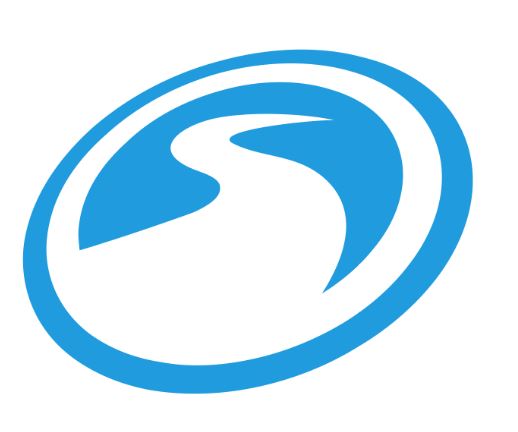RBR+TVBR INFOCUS
When one thinks of “monitoring and compliance,” discussions of blockchain — or perhaps some esoteric financial and regulatory policy and related software product — come to mind.
That’s far from what Houston-based SnapStream, led by founder and CEO Rakesh Agrawal, is offering the television industry. The company, which cut its teeth on “clip” technology used by such programs as HBO’s Last Week Tonight with John Oliver and Comedy Central’s The Daily Show with Trevor Noah, is now diving in to the broadcast compliance and media monitoring solutions marketplace as the heir apparent of Volicon, which was formally given a sunset by Verizon.
It’s a valued market opportunity. In August, Actus Digital — a competitor in the space — announced it was bulking up its U.S. sales staff in anticipation of increased demand from the demise of Volicon — a decision Agrawal tells RBR+TVBR Verizon made so it could focus on its over-the-top (OTT) opportunities.
While former Volicon Senior Product Engineer Matthew Osman ended up at Actus Digital and companies such as Tellyo are proclaiming themselves as a Volicon replacement, too, it is Snapstream that is the “official” transition platform for Volicon users.
SnapStream’s journey into video capture technology unofficially started with the March 2016 acquisition of Volicon by Verizon Digital Media Services.
By early 2019, a decision to go to an “end of life” stage for Volicon had been made.
On April 4, Verizon Digital Media Services formally selected SnapStream as the official transition partner for the Volicon Observer broadcast monitoring and compliance product. “This agreement provides a support path for Volicon’s customers,” Verizon said.
Now, with NAB Show New York opening today (10/16), Phase II of SnapStream’s monitoring and compliance business growth formally commences with the launch of “SnapStream Monitoring and Compliance,” its own product that joins TV recording, searching, and clipping offerings already in use by SnapStream customers.
GROWTH BEYOND SEARCH
SnapStream’s history dates to the late 2000s, and the severe recession that crippled many businesses. With technology that improved TV workflows that allowed for content searches within content, SnapStream made its mark by fueling political satire programs that rely on a continual “record, search and clip” need to fuel its shows.
Think of it as a Google search on live TV.
Governmental organizations use the tool, too.
Agrawal says, “We solved this problem about TV and video being ephemeral. In 2019, TV is built around collaboration and sharing and retweets. TV really doesn’t conform to any of those paradigms, so we’ve closed that gap.”
SnapStream technology at its heart offers the user to select a specific channel that will be recorded 24/7, and to input a specific word for a continuous query. A transcript search and a natural language search are part of the product’s capabilities.
For broadcast TV, one key use could involve online publication that take TV content and put it on social media — such as local news stories or featured programming owned by the TV station group.
Then, there is the compliance portion of what SnapStream promises its customers.
This includes ensuring that closed-captioning is included in every broadcast. It also involves complying with Federal audio loudness and compliance rules.
“There was a time before these laws were enacted, in the mid-1980s, when advertisers would basically increase the audio level of their advertisements,” Agrawal says. “There’d be a pop when it went to a commercial — a sort of attention disruption. Loudness laws were then put in place by FCC to prevent this.”
Then, there are business contractual compliance needs. “We want to know that my client’s ad concluded and wasn’t clipped,” Agrawal notes.
For the C-Suite, there’s a clear business need for considering the acquisition of this technology: The monitoring of advertisements.
“Local TV station groups are one of the core markets for marketing and compliance, as they are responsible for putting captions on evening news, loudness calibrations and making sure there is no clipping of commercials,” Agrawal says.
In fact, “the local TV stations use the most features in a single product,” he says.
A feature, “Superclustering,” will allow an owner of stations in multiple markets to roll up individual monitoring to a single interface.

“All of these stations are subscribers to Nielsen,” Agrawal notes. “So if one’s competitor had a spike in ratings at 6pm with its local news, I want to see what was showing on their station at that time.”
Unlike Aereo, which recorded a station’s content and then offered monitoring service — something that ran afoul of copyright laws — SnapStream is a “DVR on steroids,” providing the technology vehicle for a client.
As such, SnapStream is confident it is on the right track with a tool local TV has an opportunity to monetize.





